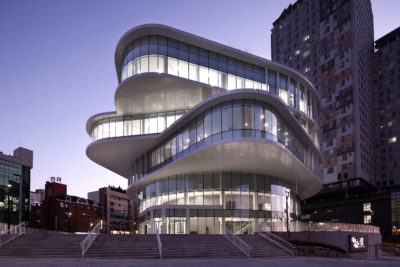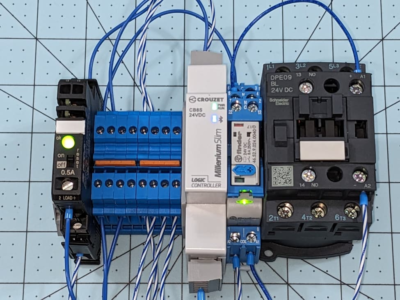Eolic Technology Challenges and Solutions

Wind power harnessing has made significant advancements in recent years, offering a sustainable and renewable energy source for the world. Despite these advancements, the technology faces its own set of challenges which after decades of use have become evident. According to Dr. Jose Luis Chavez Calva, an expert in the energy industry, “Eolic technology is confronted with various challenges arising from mechanical and design failures. Some of the key issues include:
- Material fatigue: Dynamic loads and stresses caused by fluctuating wind speeds and turbulence can lead to material fatigue in critical components, such as the blades, gearbox, and generator.
- Gearbox failures: These are often a result of inadequate lubrication, misalignment, and manufacturing defects, leading to significant downtime and high repair costs.
- Control system failures: Failures in control systems can cause a loss of control, resulting in catastrophic damage to the turbine and its components.”
Those problems have become news in recent years due to critical unexpected failures in different wind farms across the world. For this reason is relevant to find potential solutions to improve eolic technology. For Dr. Jose: “To address these challenges and enhance the performance and durability of eolic power generation, several potential solutions can be implemented. These include:
- Compliant mechanisms: Incorporating compliant mechanisms into wind turbine designs can passively alleviate loads on the components, extending their fatigue life. These mechanisms, made from flexible materials or structures, distribute stresses more evenly across the components.
- Compliant blade designs: Using flexible materials or morphing structures in blade designs allows them to adapt to changes in wind speed and turbulence, reducing the load on the turbine structure and improving overall efficiency.
- Alternative gearbox designs: Replacing traditional gearboxes with compliant mechanisms, such as magnetic or hydrostatic transmissions, can eliminate issues associated with mechanical gears, like wear, misalignment, and lubrication problems. This approach can provide smoother torque transmission and reduced maintenance requirements.”
Dr. Chavez believes that the eolic industry has a promising future if these challenges can be effectively addressed. Through research and innovation, engineers and manufacturers can collaborate to develop more reliable and efficient wind turbine technologies that significantly contribute to the global transition towards sustainable and renewable energy sources.
Source: https://joseluischavezcalva.substack.com/p/mechanical-and-design-failures-in
Research Snipers is currently covering all technology news including Google, Apple, Android, Xiaomi, Huawei, Samsung News, and More. Research Snipers has decade of experience in breaking technology news, covering latest trends in tech news, and recent developments.












